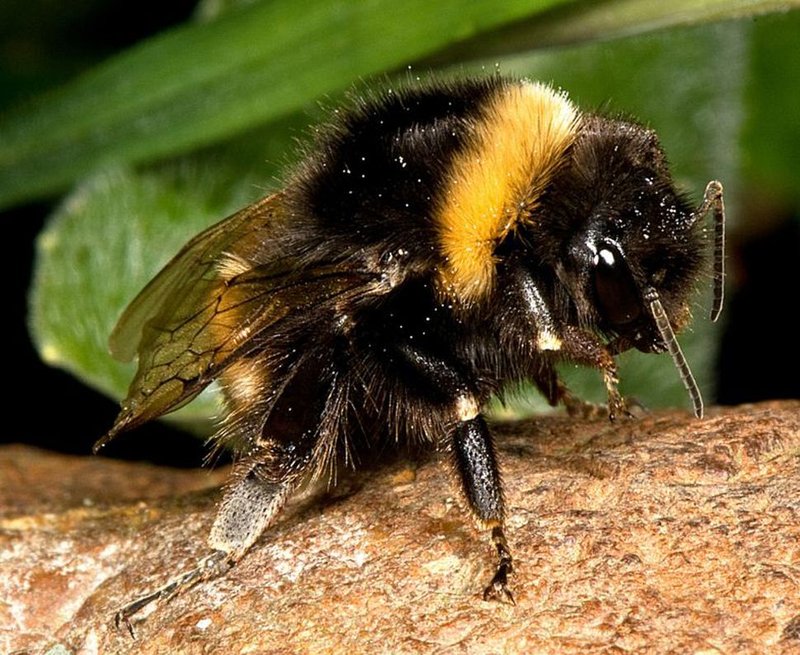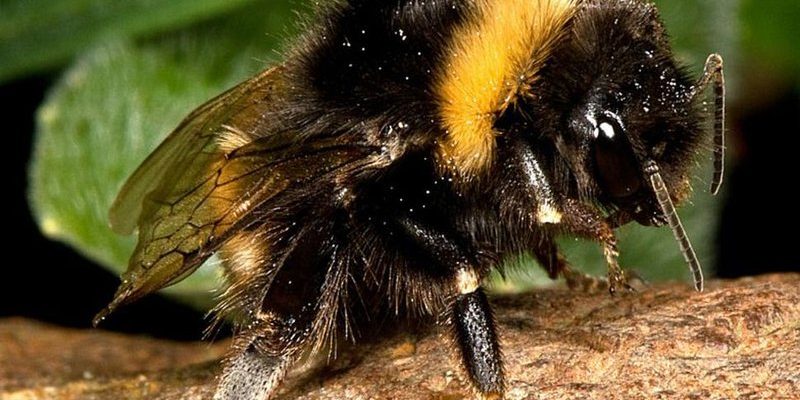
Did you know that bumblebees can recognize human faces? Or that they can achieve flight at lower temperatures than many other bees? These little facts only scratch the surface of their unique qualities. Bumblebees are fascinating, and understanding more about them helps us appreciate their importance even more. Let me explain why these buzzing buddies deserve our attention.
The Importance of Bumblebees in Pollination
Bumblebees are among the best pollinators in nature. You might be wondering why that matters. Well, pollination is crucial for the reproduction of plants. About one-third of the food we eat depends on pollination. This includes fruits like berries and vegetables like tomatoes. Without bumblebees, many of our favorite foods could become scarce.
These busy bees have a special talent for pollination. Their bodies are covered in dense hairs that easily pick up and transfer pollen from one flower to another. When they visit a flower, they can effectively gather large amounts of pollen, which leads to the production of seeds and fruit. The connection between bumblebees and plants is a classic example of nature working together, ensuring a thriving environment.
To put it simply, if you enjoy biting into a juicy apple or savoring fresh strawberries, you can thank bumblebees for helping those plants grow. They’re like nature’s delivery service for food, buzzing happily from flower to flower and contributing to our food systems.
How Bumblebees Communicate
Believe it or not, bumblebees have their own way of chatting with one another! Their communication style is pretty fascinating. They use a combination of dance, sound, and scent to convey messages. For example, when a bumblebee finds a great source of nectar, it performs a waggle dance to show other bees where to find it.
This dance involves shaking their bodies back and forth and walking in circles, almost like a little bee celebration. The angle of the dance indicates the direction of the food source in relation to the sun. It’s like GPS for bees!
Moreover, bumblebees can also communicate through vibrations. They produce sounds by rapidly contracting their flight muscles, which can signal alarm or alert other bees about food sources. It’s pretty amazing to think that these small creatures have developed such intricate methods of communication, allowing them to work together effectively.
The Bumblebee Life Cycle
Now, let’s talk about how bumblebees grow up. Their life cycle is a fascinating journey that begins with the queen. In spring, a queen bumblebee emerges from hibernation, seeking a cozy place to build a nest. She lays her first batch of eggs, which hatch into female worker bees. These workers are responsible for foraging, taking care of the queen, and maintaining the nest.
As the colony grows, the queen lays more eggs, eventually producing males that will mate with new queens before the cycle begins again in the next spring. The life of a bumblebee is relatively short; most workers live only a few weeks, while queens can survive for months, going into hibernation to start a new colony.
This life cycle is crucial for maintaining bumblebee populations. Each season, a new generation is needed to ensure the survival of the species. It’s a continuous cycle of life that emphasizes their important role in the ecosystem.
Unique Traits of Bumblebees
Bumblebees have some unique characteristics that set them apart from other types of bees. One of the most notable is their ability to fly in cooler temperatures. While many insects prefer warm weather, bumblebees can be active even when it’s chilly outside. This trait allows them to start pollinating early in the spring when other insects are still in hibernation.
Another interesting fact is their size and fuzziness. Bumblebees are generally larger and hairier than honeybees. This extra fuzz not only helps them gather pollen but also keeps them warm during colder months. Their size allows them to carry more pollen, making them effective pollinators.
Lastly, bumblebees can also perform a behavior called “buzz pollination.” Some flowers release pollen only when they are vibrated at specific frequencies. Bumblebees can create these vibrations through their wing movements, ensuring they get the pollen that other pollinators might miss. This unique ability highlights how specialized and efficient bumblebees are as pollinators.
Threats to Bumblebee Populations
Despite their important role, bumblebee populations are under threat. The decline in their numbers is alarming and can be attributed to a variety of factors. One major issue is habitat loss. Urban expansion, intensive agriculture, and climate change are causing their natural habitats to shrink. Without enough flowers and nesting sites, it’s tough for bumblebee populations to thrive.
Additionally, pesticides pose a serious risk to these buzzing friends. Chemicals used in farming can be harmful to bumblebees, leading to decreased populations and even colony collapse. The more we understand the challenges they face, the better we can support their survival.
Conservation efforts are underway to protect bumblebee habitats and promote practices that are friendly to these essential pollinators. By planting native flowers, reducing pesticide use, and supporting sustainable farming, we can all play a part in helping bumblebees flourish.
How You Can Help Bumblebees
You might be wondering, “What can I do to help bumblebees?” Luckily, there are several simple steps you can take. First, consider planting a variety of flowers in your garden that bloom at different times throughout the year. This ensures that bumblebees have food sources from early spring to late fall.
Additionally, avoid using pesticides that can harm these little creatures. Instead, use natural pest control methods to keep your home and garden healthy. Supporting local farmers who use sustainable practices also makes a difference.
And if you want to take it a step further, you can create shelters in your garden. Bumblebees often nest in the ground, so leaving some areas wild and undisturbed is beneficial. You can also build bee hotels, which provide spaces for queens to hibernate. Small efforts like these contribute to the survival of bumblebee populations and show that every little bit helps.
In conclusion, bumblebees are more than just cute, buzzing insects; they’re vital players in our ecosystem. They help pollinate our food and support the health of our planet. As we learn more about them, we can better protect and support these essential creatures. So the next time you see a bumblebee buzzing by, take a moment to appreciate their hard work and consider how you can make a difference for them. Together, we can create a world where bumblebees thrive, ensuring that our gardens remain vibrant and fruitful.

